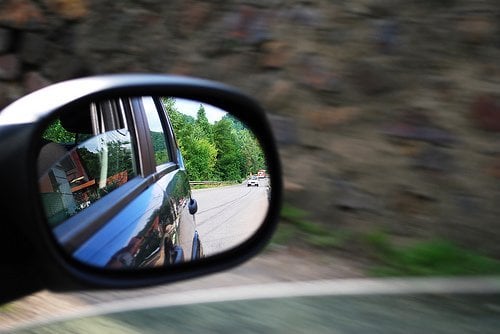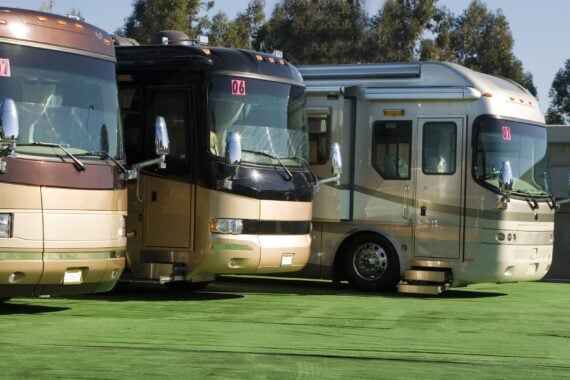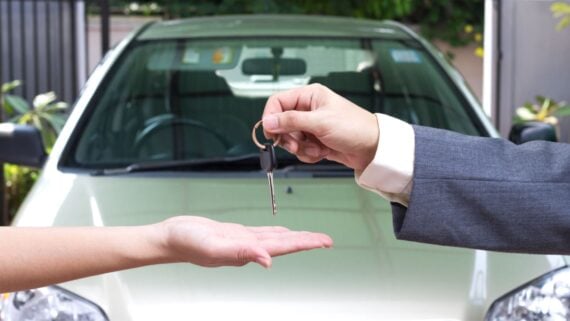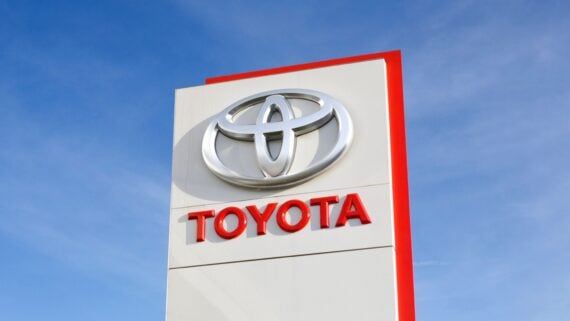While Americans struggle to pay for necessities like food and gas, oil companies are raking it in. Exxon Mobil reportedly made a $17.85 billion profit for the second quarter, and Chevron came in at $11.62 billion. It’s a complete turnaround from the early days of the pandemic, when fuel demand dropped and bankruptcies went up. Unfortunately high prices aren’t going away anytime soon, leaving some experts wondering if a full-blown energy crisis is on the way. Of course, if you lived through the 1970s, you’ve already been through one — and chances are you probably aren’t eager for an encore. Here’s a look back at life in the ’70s after oil supplies dwindled.
Related: People are Struggling with Inflation Most in These States
A Run on Gas
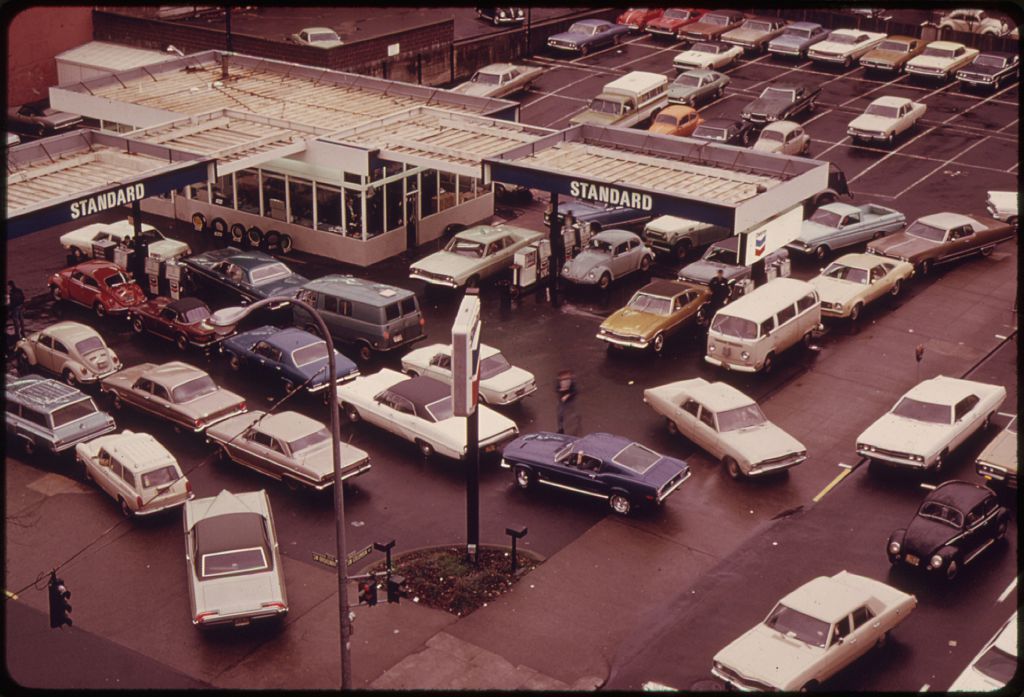
In late 1973, the U.S. and other Western nations were cut off by Middle Eastern oil producers. The move by the Organization of Petroleum Exporting Countries, OPEC, was payback for coming to Israel’s aid during the Yom Kippur War. The embargo left gasoline in short supply, with drivers lining up at gas stations to try to fill up.
Related: 12 Ways to Fill Up for Less at the Gas Station
‘Not Cheap’
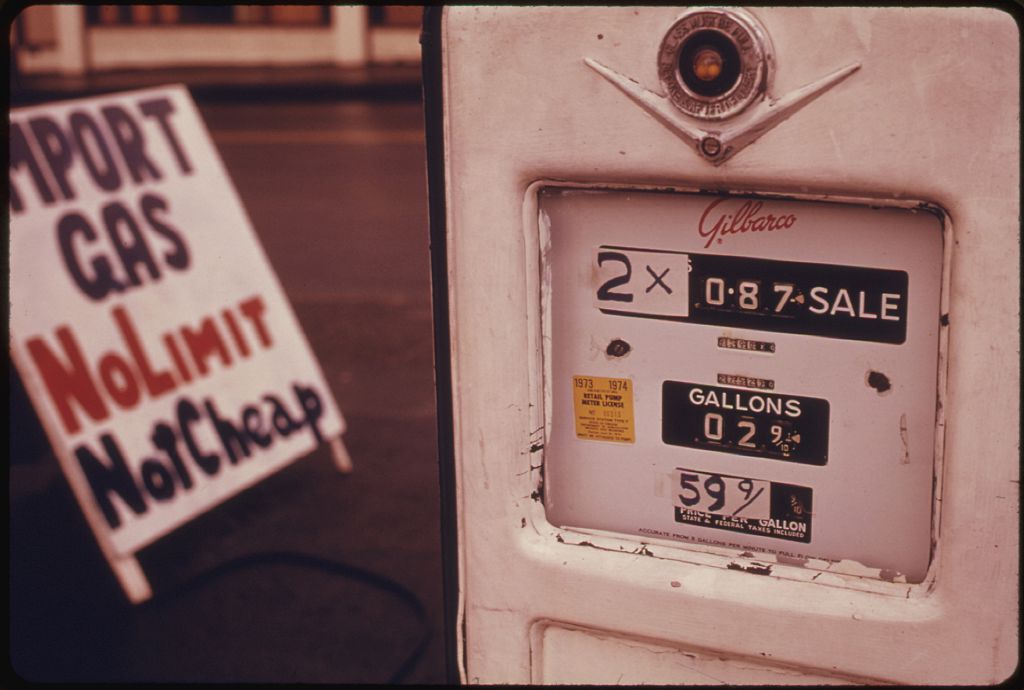
A gas station advertises no limit — many stations at the time tried to stretch their supplies by capping the amount of gas customers could pump — but it’s candid about the price of this convenience.
Related: The Cost of Gas the Year You Were Born
10-Gallon Limit
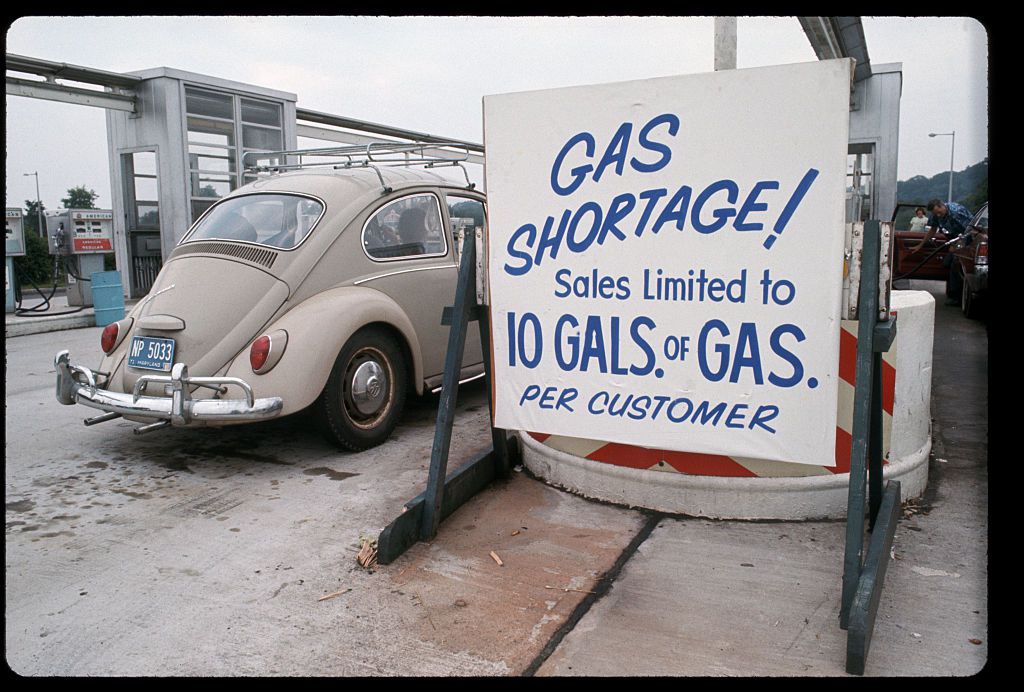
A more common scenario: Limits on how much customers could pump, with this station capping fill-ups at 10 gallons.
It Costs How Much?

No, 60 cents a gallon probably doesn’t seem too expensive by today’s standards, but it was a major shock at the time. In the early ’70s, gas prices hovered around 36 cents a gallon. By 1980, motorists were paying an average of $1.19 a gallon, or $4.05 in today’s dollars.
For more informative articles like this, please sign up for our free newsletters.
Regular Customers Only
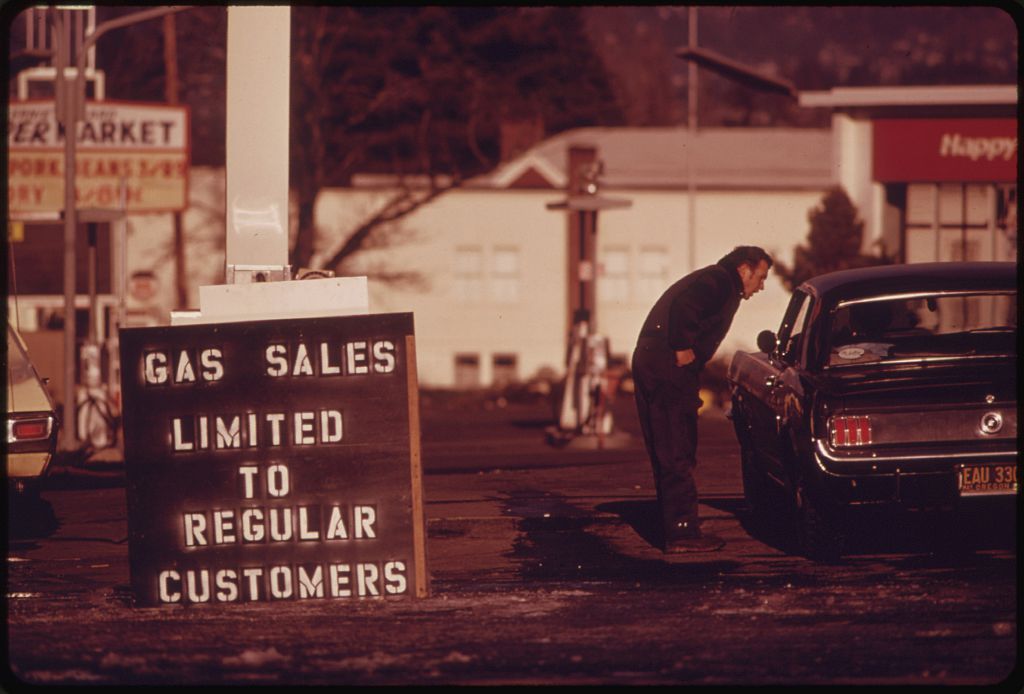
Gas stations also conserved their supplies by getting choosy about their customers, illegally allowing only “regular customers” to fill ‘er up.
Trending on Cheapism
The Number System
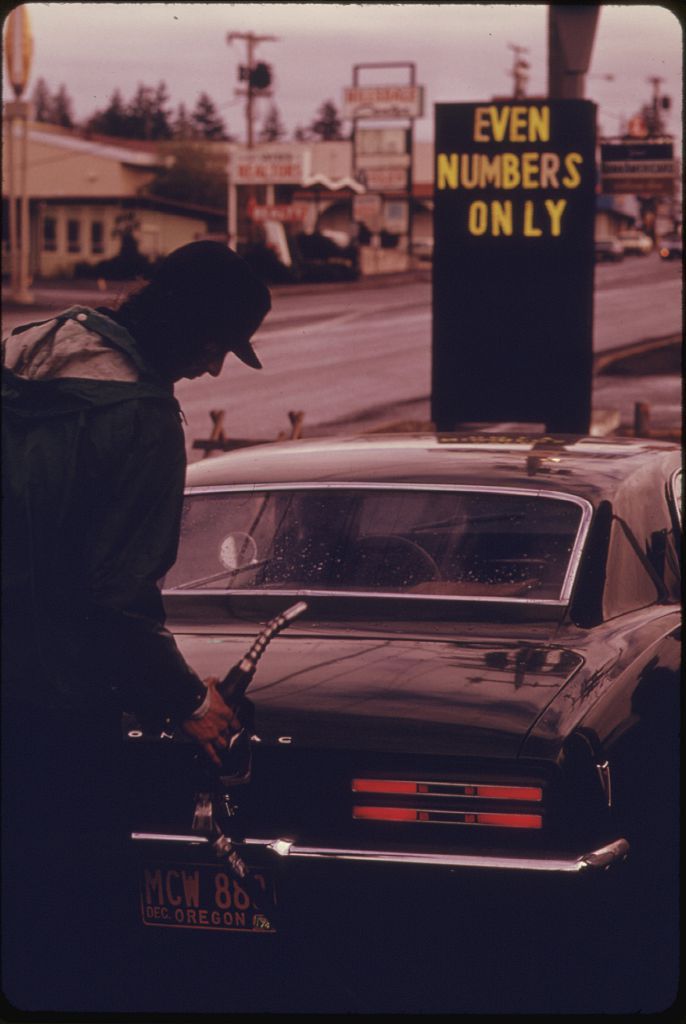
Some gas stations rationed their supplies with an even-odd system. If your license plate ended with an even number, you could only fill up on even-number days, and vice versa.
‘Turn Off the Motor and Coast’
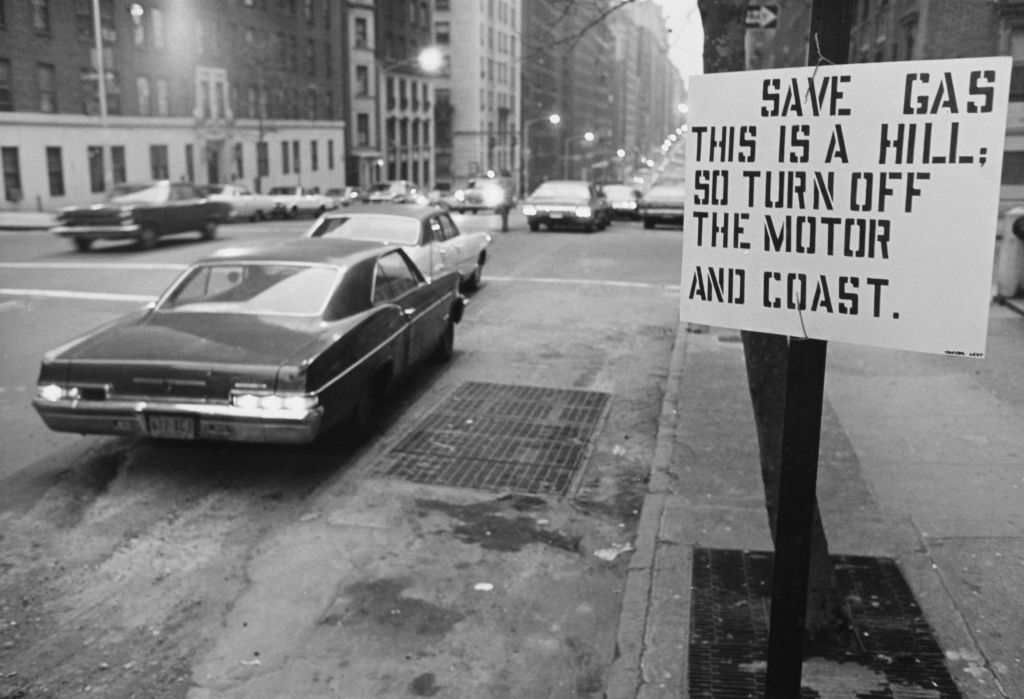
Drivers were encouraged to get creative in order to get the most out of every last drop of gasoline. Of course, that meant driving only when absolutely necessary, but also using every trick in the book to boost mileage.
Related: 21 Ways to Get Better Gas Mileage
‘Slow Down Today or Walk Tomorrow’
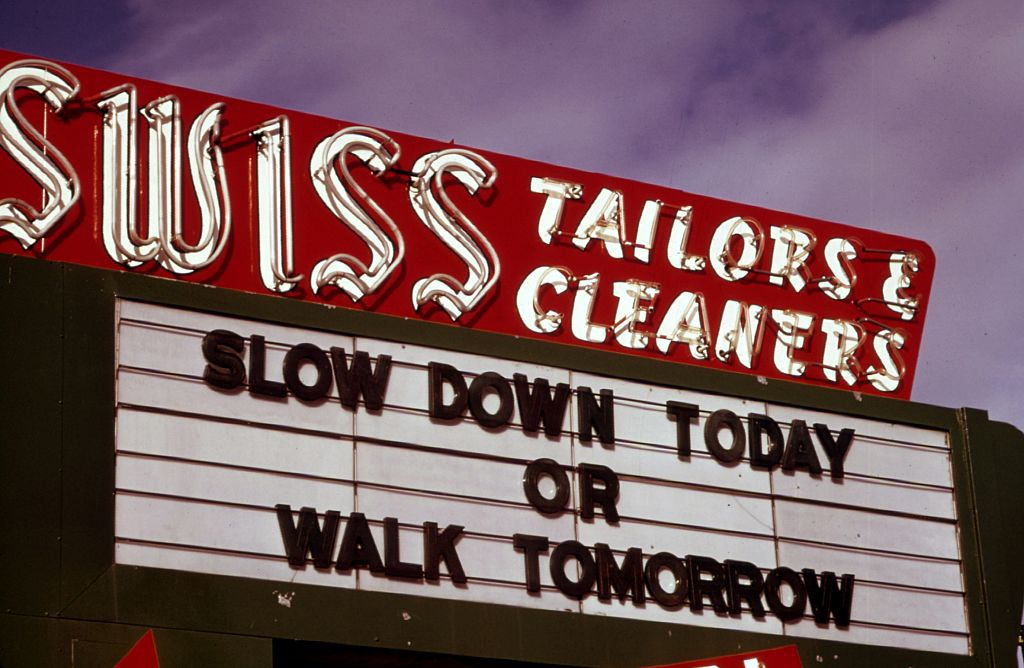
Business got in on the action, reminding drivers to conserve wherever possible.
Sign up for our newsletter
Closed For Business
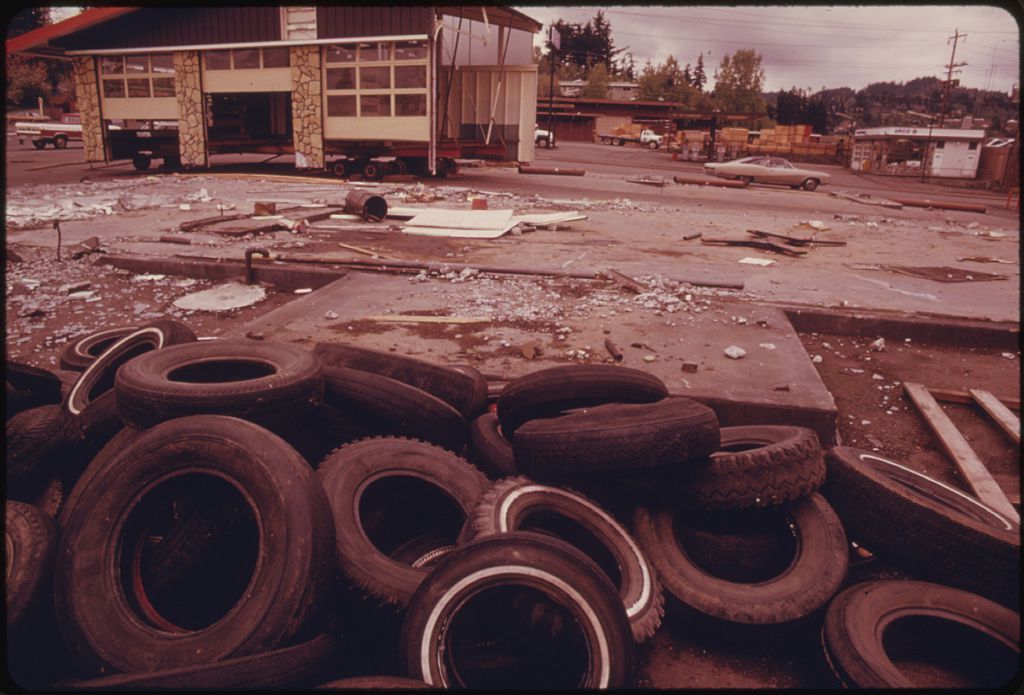
Some gas stations simply couldn’t withstand the disruption to their business. This one shut down for good, leaving behind a lot filled with tires and other debris.
Related: Unusual Abandoned Places Across America
New Speed Limits
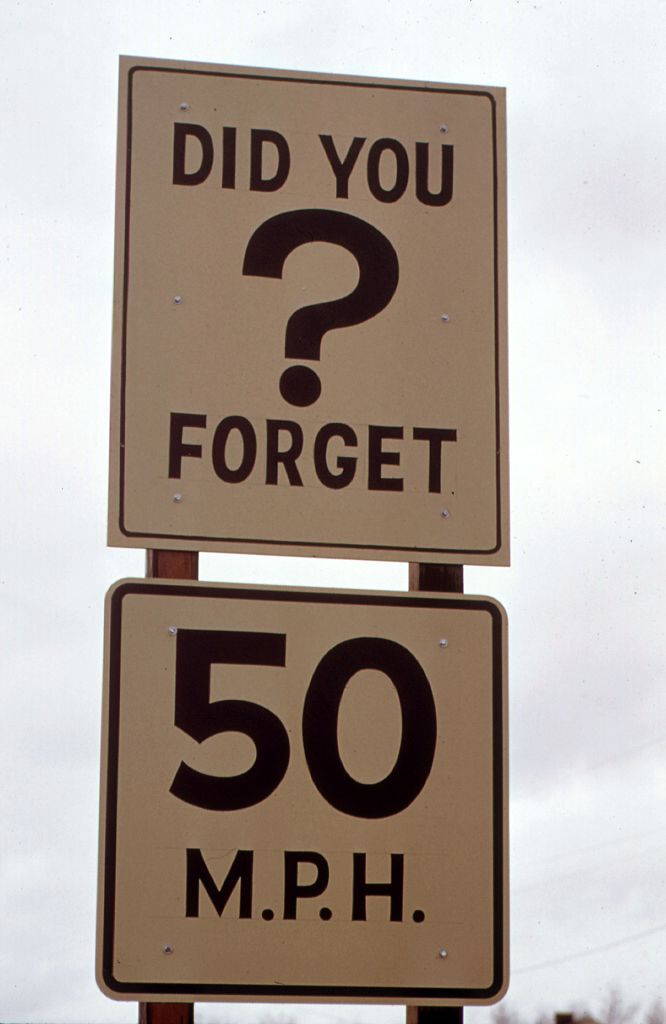
Local governments also implemented lower speed limits to force drivers to conserve. President Richard Nixon even signed a national highway speed limit, 55 mph, into law at the beginning of 1974.
Related: How Road Trips Have Changed Over the Past 50 Years
‘A Cure for the Common Car’
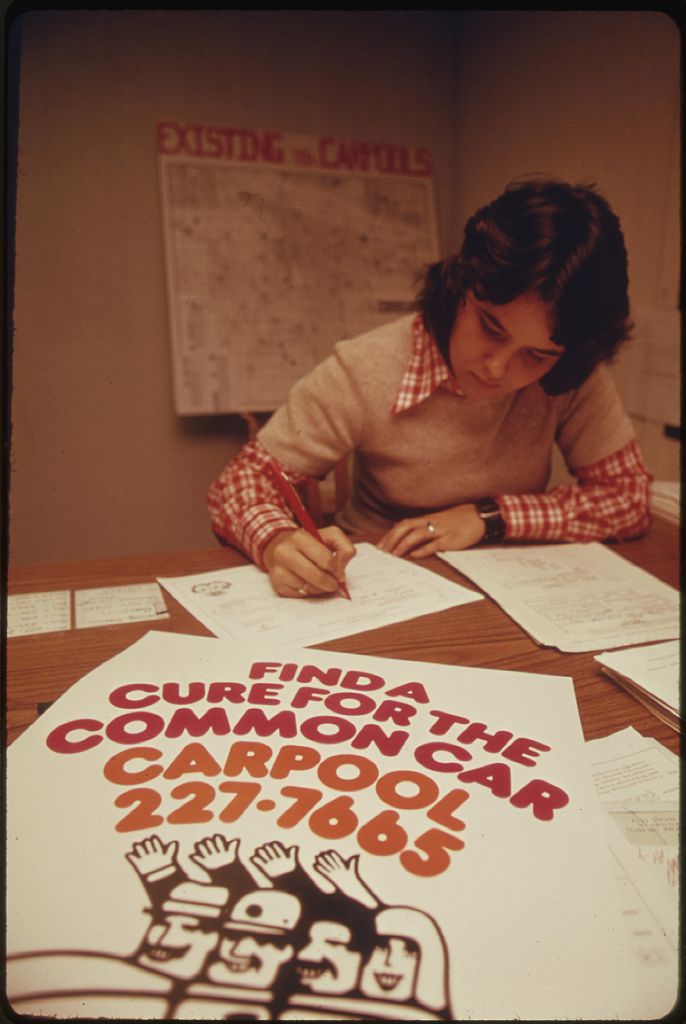
Carpooling, which had fallen out of favor since World War II, came back with a vengeance in the 1970s as drivers tried to save gasoline.
‘Kiss My Gas’
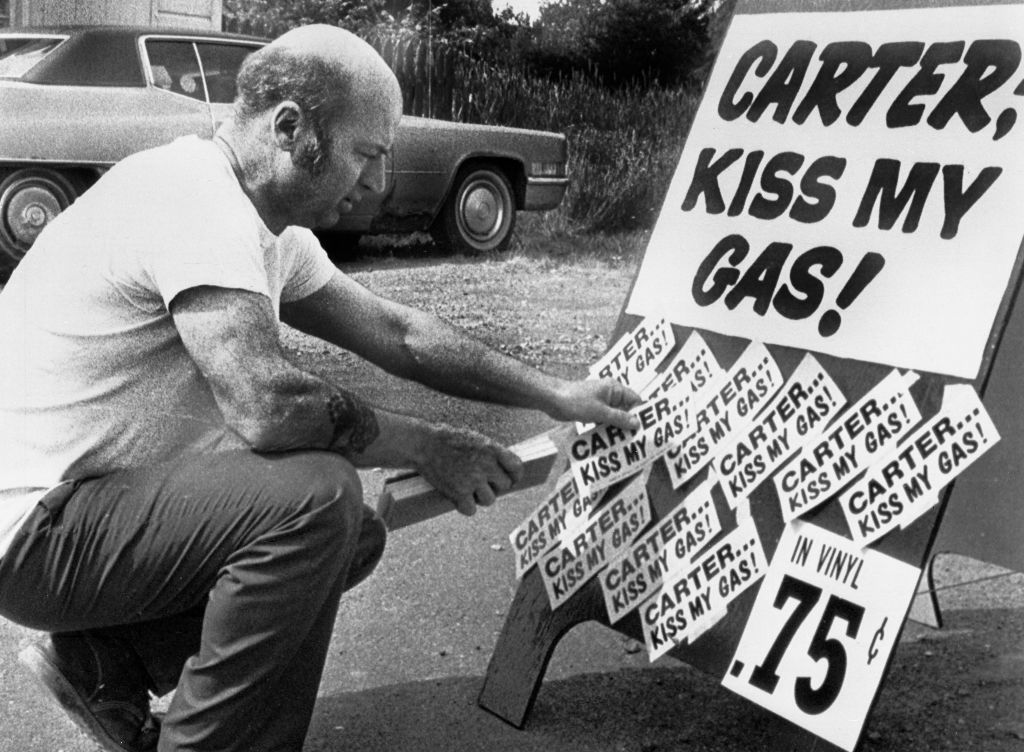
Even though the oil embargo was lifted in March 1974, the damage was done and prices remained high throughout most of the decade. Anger over gas prices followed President Jimmy Carter into office in 1977. So did this bumper-sticker slogan: “Carter, Kiss My Gas.”
‘No Gas? Call Jimmy’
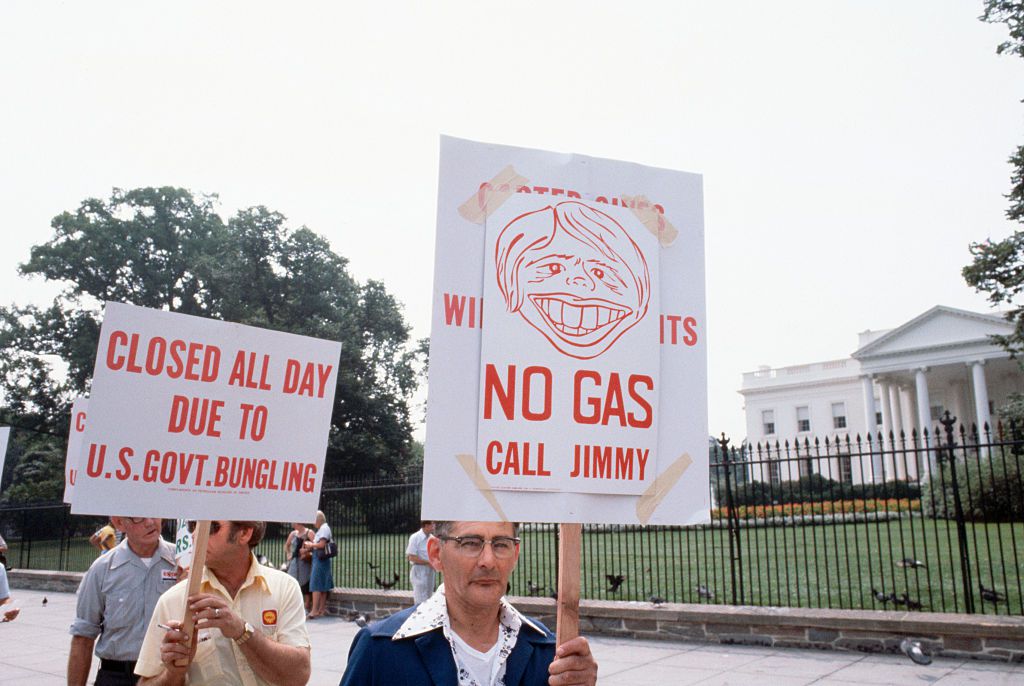
Another price increase from OPEC in 1979 meant oil prices were up 1,000% from the start of the decade, sparking protest — and more troubles for President Carter.
Remember These?
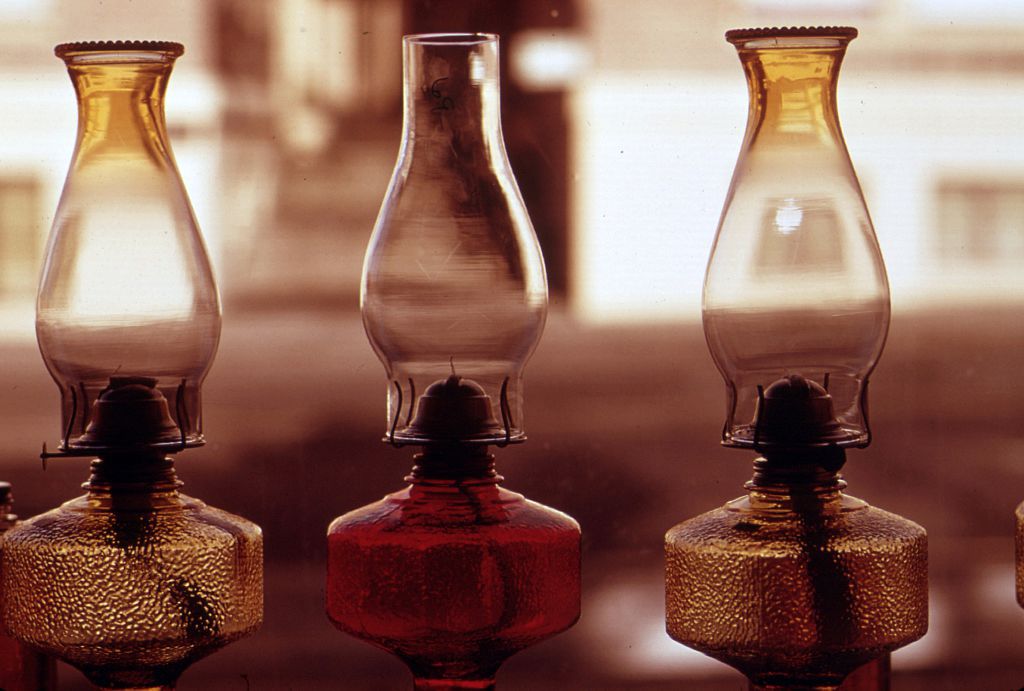
Of course, the energy crisis wasn’t limited to gas. People tried to reduce their energy consumption by turning off the lights whenever possible. Kerosene lamps like these skyrocketed in popularity during the ’70s.
No More Friday Night Lights
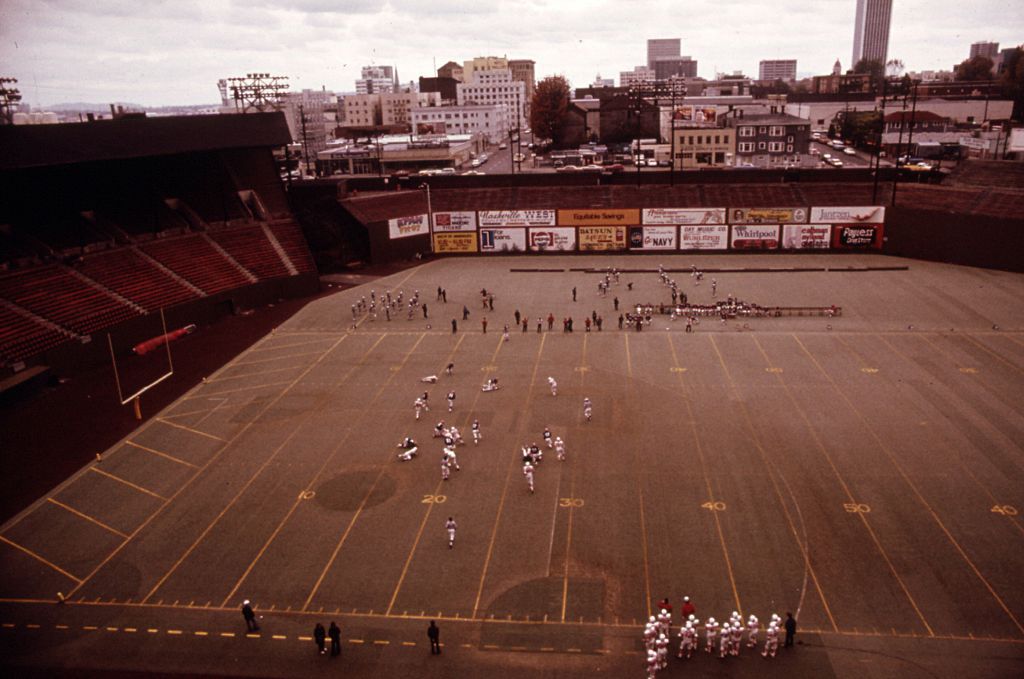
This high-school football team in Oregon moved its games to daylight hours so that it wouldn’t have to use the stadium lights.
Lights Out …
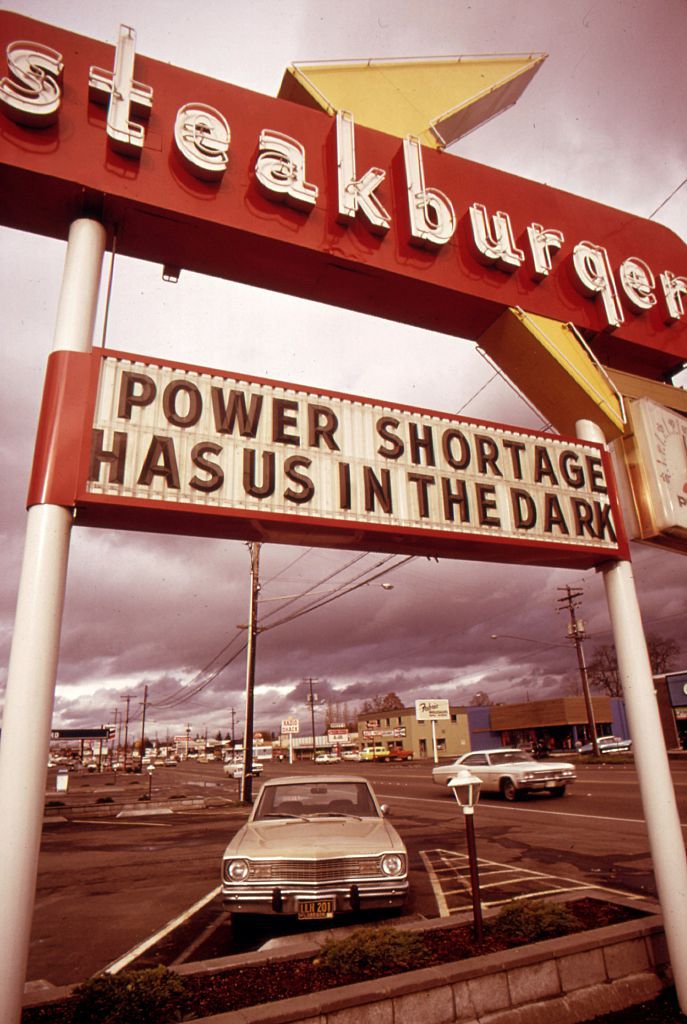
Normally colorful streets got much darker as businesses decided to turn off their neon signs and whatever else they could to conserve energy.
… Except For These Guys
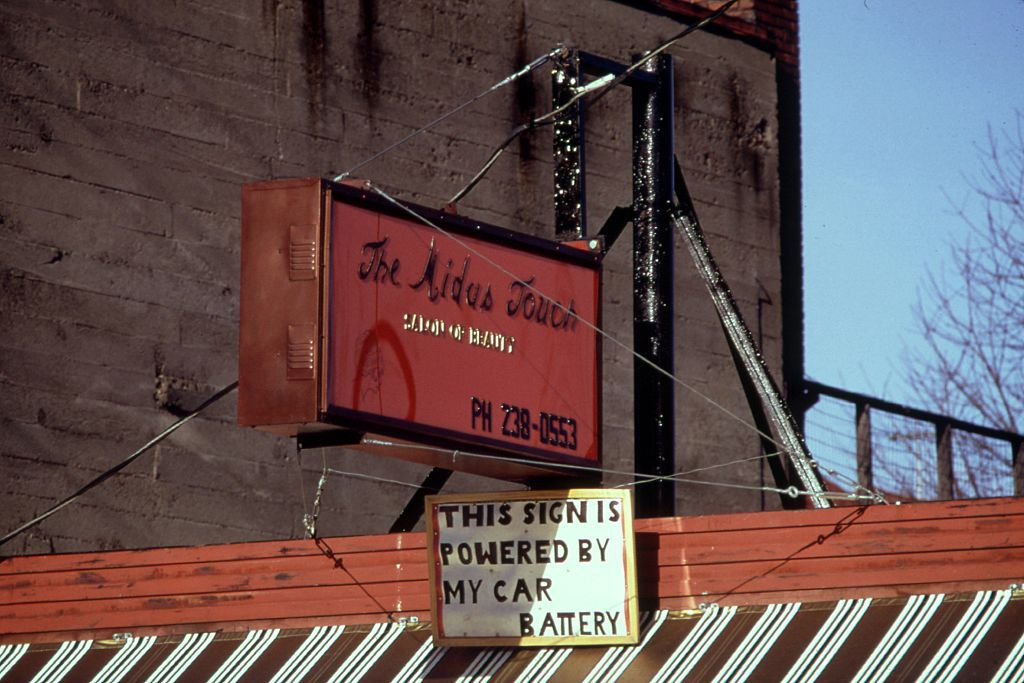
Of course, not all businesses were willing to forgo customers’ eyeballs. This one found a unique way to keep the lights on, using a car battery to power its sign.
Burning the Midnight Oil
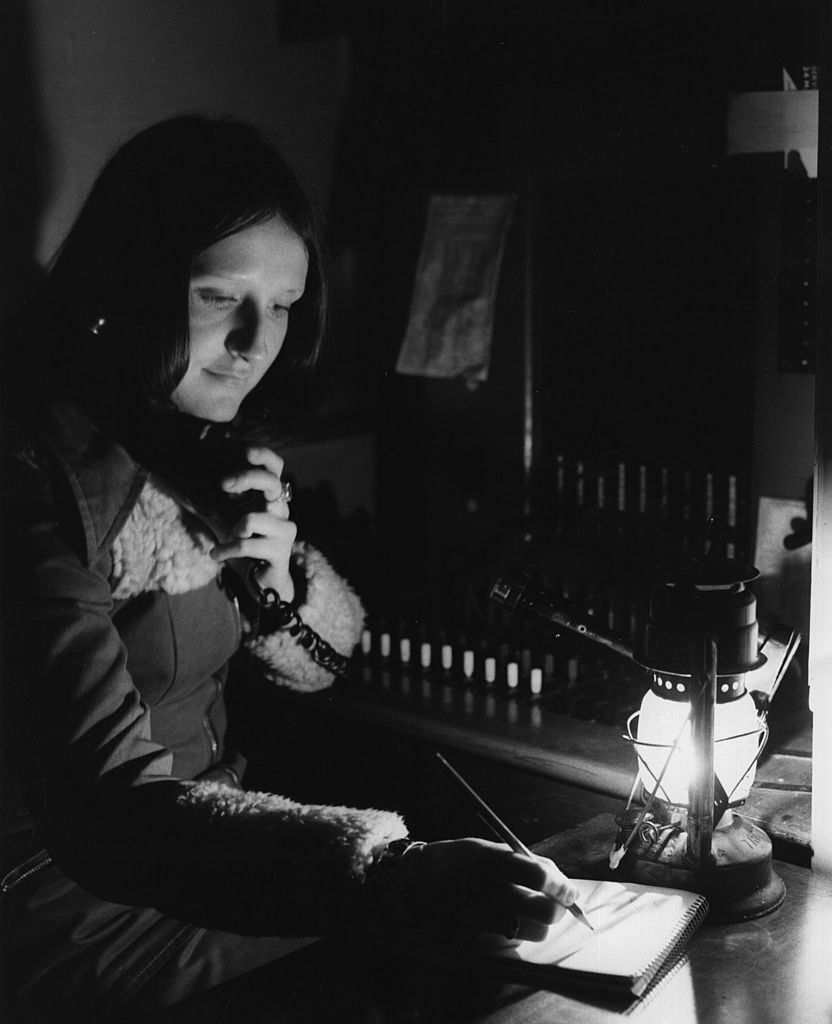
Some folks even took to working in the dark, or close to it. This switchboard operator did her job with the help of a kerosene lamp.
Harvesting Firewood
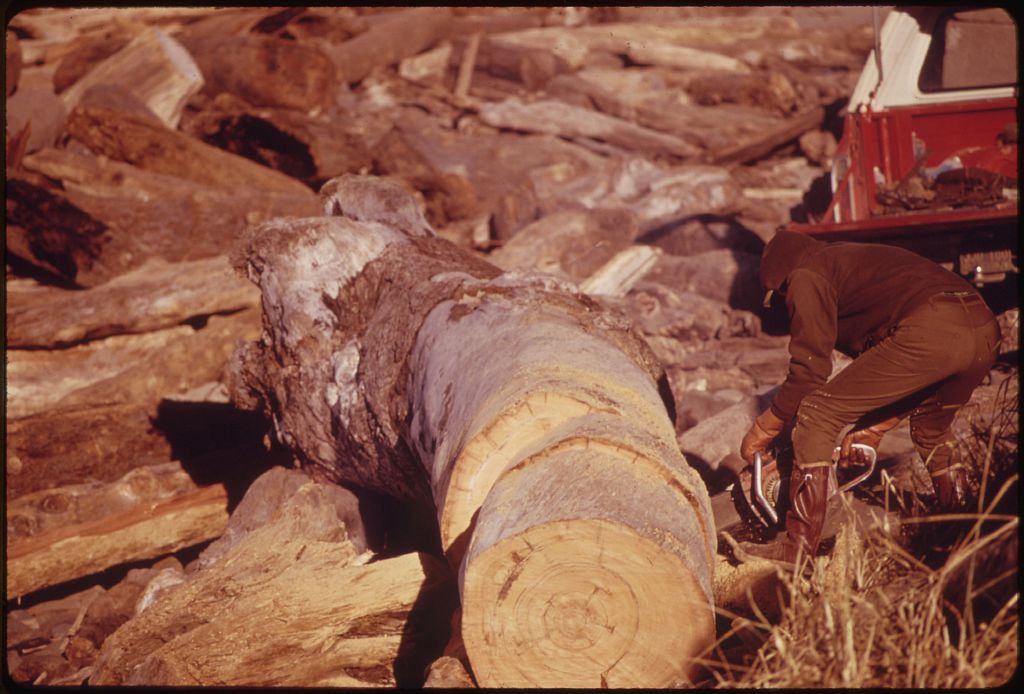
Some people returned to old-fashioned ways to generate heat, and that meant firewood became a hot commodity.
Related: 50 Money-Saving Energy Tips for Winter
Staying Warm
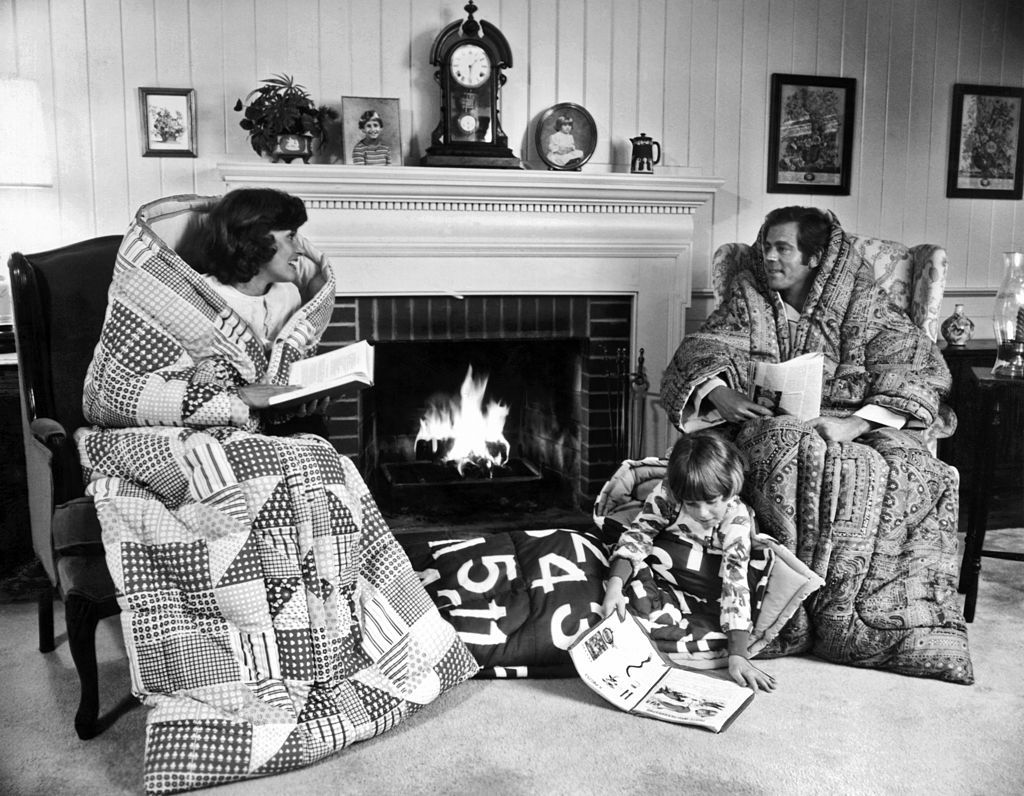
This family found an economical way to stay warm, sitting by the fireplace in their “snug sacks” — the ’70s precursor to the Snuggie.

